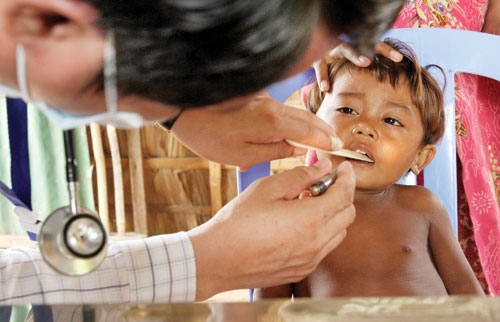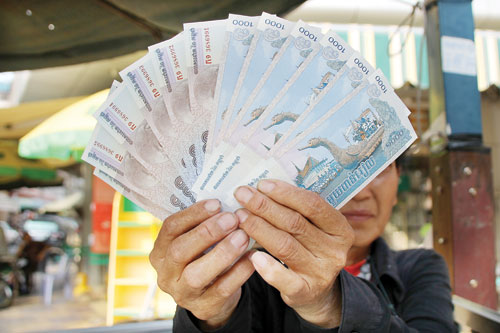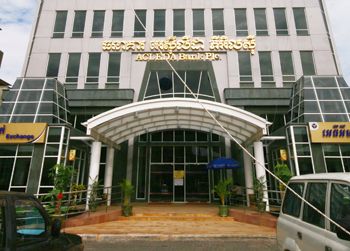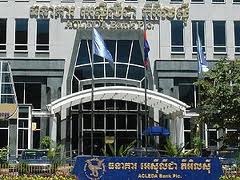Micro-life insurance on rise
Micro-life insurance on rise
When 46-year-old Than Thol got a $900 loan from Samic Microfinance last year, he took advantage of a little-known and lengthily worded insurance program called Measure for Economic and Accelerated Development for All, or MEADA.

MEADA provides coverage for families of mostly lower-income borrowers in the case of an accidental death. For an annual payment of $15, Thol is shielded against confiscation of his collateral in the event that he dies before paying off the loan.
“As a bread-winner, the life of my family strongly depends on me,” Thol, a resident of Phnom Penh’s Dangkor district, said yesterday. “If something bad happens to me, I do not want my wife and my four children saddled with debt.”
So-called micro-life insurance is catching on in the Kingdom, according to the small amount of companies who provide the product.
MEADA began as a pilot project of Samic Microfinance in 2007, bringing in around 700 clients during the initial roll out.
Fast-forward to 2013 and the now independent company is averaging the same number of clients per month, according to MEADA’s executive director, Khem Sary.
Sary told the Post yesterday that more than 16,000 Cambodians have bought basic life and loan protection insurance policies through MEADA.
“The number of clients is increasing from year to year. More people understand how the insurance services benefit their family and [help] avoid vulnerability,” Sary said.
MEADA is not the only micro-life insurance program seeing growing demand in Cambodia.
Early last year, Prevoir Kampuchea Micro-life Insurance (PKMI), a subsidiary of France’s Prevoir life and health insurance group, began offering policies with coverage ceilings of $5,000 to Cambodians in mostly rural areas and with limited incomes.
Norng Makara, deputy chief executive officer for PKMI, told the Post yesterday that awareness of micro-life insurance is spreading.
After a year of operation, the company has gained more than 1,000 clients. Among them, 50 per cent are already taking out loans from separate microfinance institutions, he said.
Makara credits the growth to advertising campaigns and the fact that microfinance organisations are explaining the benefits of the policies to potential customers.
“Cambodia has demand for micro-life insurance services, and we are trying to capture the opportunities,” Makara said. “At least a million people in Cambodia are our target customers, and that number will grow as the Cambodian economy grows.”
According to a recent report from the Cambodian Microfinance Association, about 1.6 million families were using MFI loans as of the end of March.
phnompenh post

















